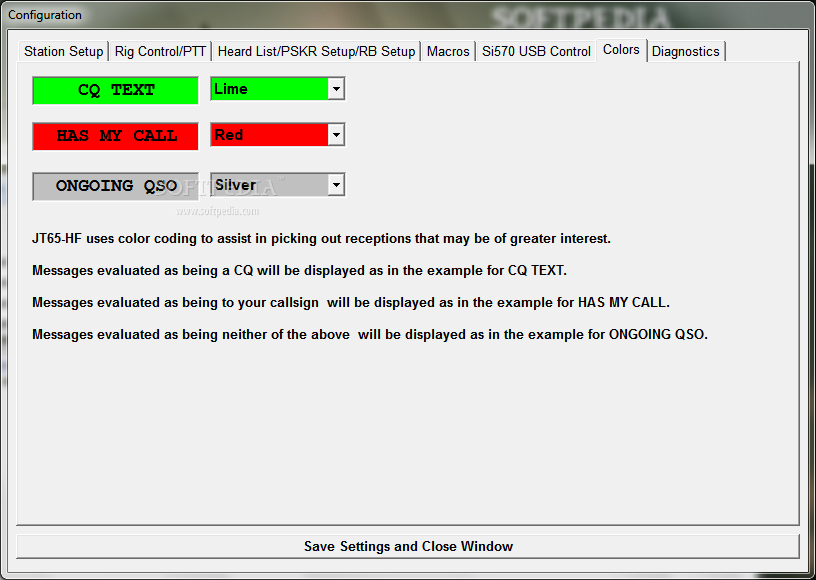

Because it is only available with Kantronics multi-mode TNCs, it has never gained in popularity and is rarely used by radio amateurs. (The protocol that brought back those good photos of Saturn and Jupiter from the Voyager space shots was devised by M.Golay and now adapted for ham radio use.) GTOR is a proprietary mode developed by Kantronics. G-TOR tries to perform all transmissions at 300 baud but drops to 200 baud if difficulties are encountered and finally to 100 baud. It incorporates a data inter-leaving system that assists in minimizing the effects of atmospheric noise and has the ability to fix garbled data. G-TOR ( Golay -TOR) is an FSK mode that offers a fast transfer rate compared to Pactor. To hear what a Pactor signal sounds like, click the icon To hear what a Pactor signal sounds like, click the icon sound icon This mode is a major advancement over AMTOR, with its 200 baud operating rate, Huffman compression technique and true binary data transfer capability. Although this mode is also fading in use, it is the most popular ARQ digital mode on amateur HF today and primarily used by amateurs for sending and receiving email over the radio. It is designed with a combination of packet and Amtor Techniques. PACTOR is an FSK mode and is a standard on modern Multi-Mode TNCs. To hear what an Amtor signal sounds like, click the icon The non-ARQ version of this mode is known as FEC, and known as SITOR-B by the Marine Information services.

With a set operating rate of 100 baud, it does not effectively compete with the speed and error correction of more modern ARQ modes like Pactor. While a robust mode, it only has 5 bits (as did its predecessor RTTY) and can not transfer extended ASCII or any binary data. AMTOR is an FSK mode that is hardly used by radio amateurs in the 21st Century. For the new and less complex digital modes, the TNC is replaced by an on-board sound card in the personal computer.
JT65 HF FREQ SOFTWARE
TOR methods that do not use the ARQ hand-shake can be easily operated with readily available software programs for personal computers. Since they share the same method of transmission (FSK), they can be economically provided together in one Terminal Node Controller (TNC) radio modem and easily operated with any modern radio transceiver. The main method for error correction is from a technique called ARQ (Automatic Repeat Request) which is sent by the receiving station to verify any missed data. Most Digital modes you will see are on a waterfall Display from most Software. I use the Tigertronics Signalink USB integrated Sound Card and The AEA PK-232 TNC interfaces connected to my HF rig VHF rig. Of course CW was one of the first digital modes. Some interfaces are capable of doing CW so with the right software you can operate CW without learning it. Technicians have operating privileges on all the digital portions of the bands. Most are available with connecting cables to your transceiver, either USB or audio cable to your computer. These devices isolate the radio from the computer and have adjustable sound levels. A digital interface with a sound card built in is best. One of the most popular is Ham Radio Deluxe, DM-780, PSK31, Digipan and many others. There are a number of software programs one can use to decode/encode digital communications. It is traditionally used to describe the three popular "error free" communication modes - AMTOR, PACTOR and G-TOR. These are really exciting times for all radio amateurs the use and enjoy all these new digital modes! An Overview of Digital HF Radio Operating Modes TOR is an acronym for “Teleprinting Over Radio”. This should allow for increased amateur radio band usage to relieve crowding and extend contact opportunities as propagation changes to favor different bands. Fortunately, the new modes like MFSK16 are designed to improve performance for a wide range of operating conditions. Crowding on a single band like 20 meters is partly to blame for this issue. Confusion over band space is the obvious down-side as new and old modes compete for space on the HF bands. This reverses the trend of several years ago.

The distinguishing features of live HF digital operation today are the use of lower power, compact or indoor antennas and courteous operating techniques. The evolution and wide spread use of the Personal Computer that include a digital sound card for Digital Signal Processing (DSP), is allowing radio amateurs to use these tools to develop new modes of digital communication. Thanks to the generosity of radio amateurs (hams) with programming knowledge, and to the Internet, new and powerful communications tools are available to all hams. Communication technologies that are specifically designed to improve "live" HF keyboard operation can now be achieved which were previously only theories, too complex, or too costly to implement to be practical.


 0 kommentar(er)
0 kommentar(er)
